In Conversation with Lars Boering
September 27th, 2012 adminAn interview I did with Lars Boering during De Donkere Kamer #12 at Pakhuis de Zwijger in Amsterdam, where I discuss my practice, projects and books. September 17, 2012.
An interview I did with Lars Boering during De Donkere Kamer #12 at Pakhuis de Zwijger in Amsterdam, where I discuss my practice, projects and books. September 17, 2012.
Today, St. George’s Day, the BBC News Online has released an audio slideshow of me discussing We English. You can watch it here.
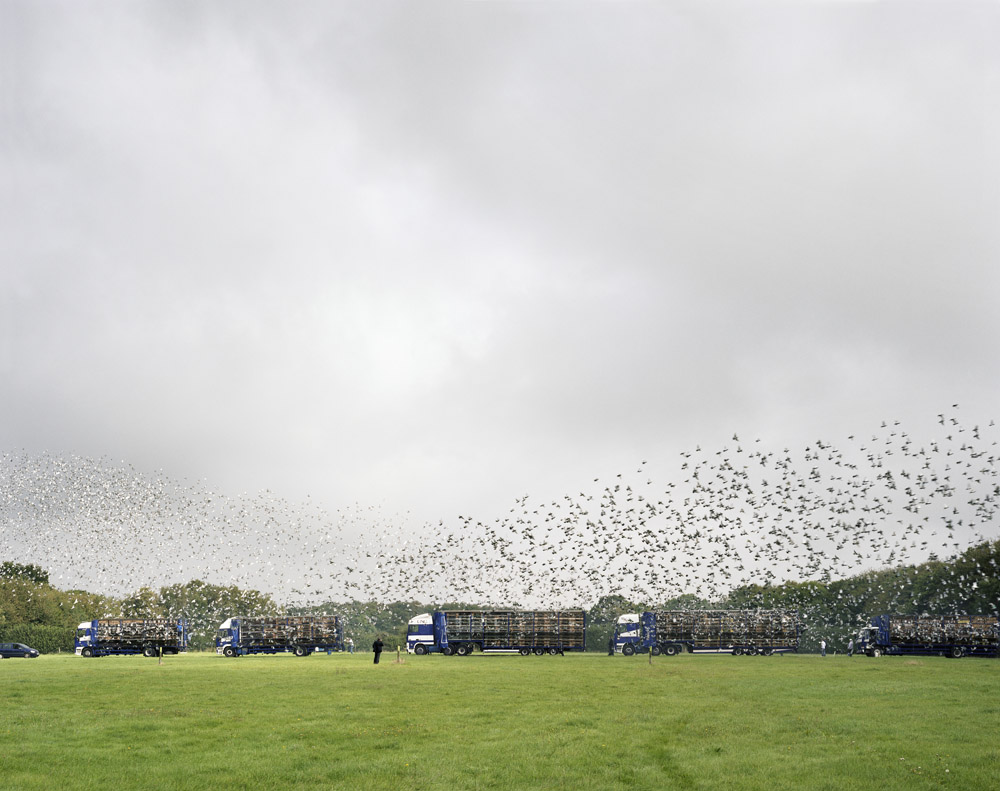 Maidstone Young Bird National Pigeon Race, Maidstone, Kent, 13th September 2008 © Simon Roberts/We English
Maidstone Young Bird National Pigeon Race, Maidstone, Kent, 13th September 2008 © Simon Roberts/We English
The time has come for me to hang up the We English blog and move on to pastures new. I will periodically be updating the site with details of upcoming exhibitions, talks and events and you can follow my future projects over on my homepage here. The first of which will be The Election Project, where I will be documenting the British general election as the official Election Artist for the House of Commons. Why not get involved!
Thanks for joining me during the making of the work, I appreciate your collaboration and comments.
I’ll leave you with links to a few useful resources:
Download my commentary from We English here or read an illustrated version on the blog here.
Download Professor Stephen Daniel’s essay from We English (The English Outdoors, May 2009) here.
Download a pdf of reviews of We English here.
Download a pdf of all the ideas that were submitted by the general public here or read them online here.
Read the headlines from local newspapers that I collected during the We English journey here.
Watch a video interview on Lens Culture where I talk about my approach to making We English here.
Find out more about the limited edition boxset of We English here.
And there is plenty more information about We English over on the National Media Museum’s website, including several podcasts, here.
The current edition of archive (March 2010 issue/ Volume 17), the quarterly publication by the National Media Museum, contains ‘In Conversation’ between myself, Professor Stephen Daniels from Nottingham University and Ruth Kitchin, Assistant Curator of Photographs, discussing We English in conjunction with photographs from the Museum’s Collection. The article is published in conjunction with the launch of my exhibitionat the Museum, alongside which we are exhibiting photographs from the National Media Museum’s Collection by a range of 19 th and 20th century photographers who have also been inspired to capture people and place. You can download a pdf of the article here.
Here is the second ‘film teaser’ from the National Media Museum in the run-up to the exhibition of We English (which opens at the Museum on 12th March). The film discusses my reasons for getting public participation in the project and was mostly shot last December on a couple of cold and windy day’s in and around Bradford (hence my bad hat and sometimes pained expression!), whilst I was producing the photograph for the Bradford commission.
Staying on the theme of films (see my last post), here are some of my favourite England-related movies, in no particular order.
KES by Ken Loach (1969)
WITHNAIL & I by Bruce Robinson (1986)
MY BEAUTIFUL LAUNDRETTE by Stephen Frears (1985)
A ROOM FOR ROMEO BRASS or THIS IS ENGLAND by Shane Meadows (1999 & 2006)
O DREAMLAND or IF… – Lindsay Anderson (1956 & 1968)
LAST RESORT or MY SUMMER OF LOVE by Pawel Pawlikowski (2000 & 2004)
ROBINSON IN SPACE by Patrick Keiller (1997)
RADIO ON by Christopher Petit (1979)
CARRY ON CAMPING by Gerald Thomas (1969)
BHAJI ON THE BEACH by Gurinder Chadha (1997)
GALLIVANT by Andrew Kotting (1996)
SECRETS & LIES by Mike Leight (1996)
If there are any you haven’t seen, why not check one or two out over the Christmas break? Rather than a re-run of The Great Escape or Gold Finger! Does anyone have any other suggestions?
Last night I watched the fabulous film, Sleep Furiously (2007) by Gideon Koppel, a documentary love-letter to Trefeurig, the Welsh farming community in Ceredigion where he grew up, and where his parents found refuge from Nazi Germany during the second world war. The film is a portrait of a landscape and population that is changing rapidly as the old ways and generation are dying out. It reminded me of the photographs of James Ravilious from rural Devon.
Here’s the trailer-
And watch a question and answer session with director Gideo Koppel from May 2009 here-
And read a review of the film by Peter Bradshaw in the Guardian.
I’ve just returned from Bradford where I was exploring the archives of the National Media Museum with the help of Ruth Kitchin Assistant, Curator of Photographs, and Brian Liddy, Curator of Collections Access (pictured). We were also joined by Stephen Daniels, Professor of Cultural Geography at Nottingham University (and author of the essay in We English). Ruth and I are curating an accompanying exhibition of photographs from the Museum’s collection that extend, and hopefully illuminate, my We English series, and will include works by the likes of Roger Fenton, Tony Ray-Jones and John Davies. More details to follow.
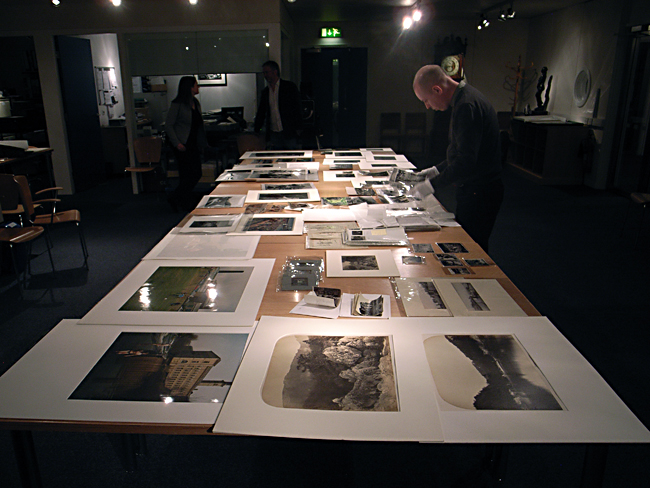
I received an unexpected gift before my talk at Host gallery last week. Fellow photographer John Wearing came up and presented me with a photograph that he’d taken after a Royal Photographic Society lecture that I’d attended back in October 1997. The photograph shows a keen young photographer -who’d recently moved to London to make his fortune – collaring the larger-than-life British photographer, Grace Robertson.
Robertson had just delivered a wonderfully inspiring lecture about her work and I was keen to meet her and hopefully show her some of my photographs (I sincerely hope that the cardboard folder under my arm wasn’t my portfolio of photographs!).
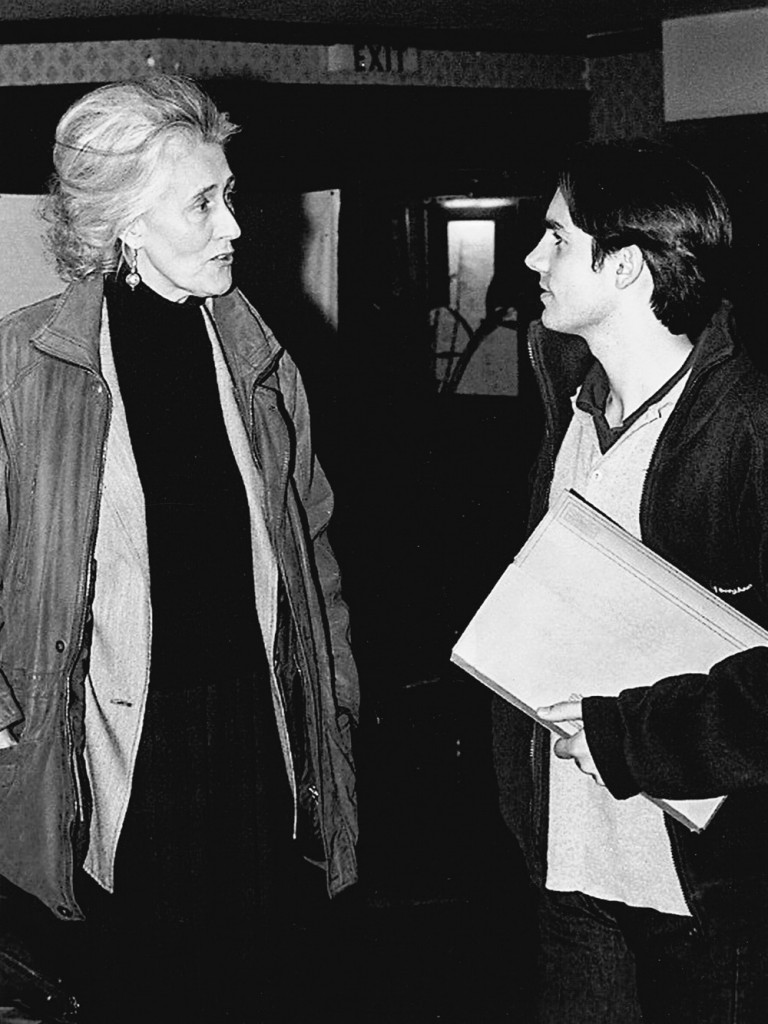
©John Wearing, 28th October 1997
Robertson was a pioneering British photojournalists of the nineteen fifties and one of the few women to hold down a career in photojournalism at that time, and even then she found it necessary to work under the pseudonym Dick Muir. She was born in Scotland in 1930. After leaving school she looked after her mother who suffered from rheumatoid arthritis. Her father gave her a second-hand camera in 1949 and the following year she had a photo story about her sister doing her homework published in the famous magazine Picture Post.
She worked as a freelance photographer for Picture Post (1950-7) for eight years documenting Britain’s post-war life and was known for the humour, sympathy and female perspective that she brought to her work. On the magazine she joined many of the leading photographers of the era, including Bert Hardy, Kurt Hutton, and her future husband Thurston Hopkins.
As a woman working for Picture Post she tended to be given the ‘softer’ assignments, although one of her stories, on the birth of a baby, was killed for being ‘too bloody’ (wars, evidently, were not). She also worked as a freelance for Life magazine in the 1950s. She continued to photograph while working as a teacher in the 1960s and 1970s, and began painting in the 1980s.
Robertson received an OBE for services to photography and her prints are represented by The Photographers’ Gallery, details of which you can find here.
Thanks for the memories John, although I’m not sure I needed reminding of that haircut!
i notice that a first edition of The English at Home by Bill Brandt (Batsford Ltd, 1936), was recently sold by Somer Books for £345. A reasonable price when you consider that Harper’s Books are currently offering a copy of this seminal photography book for $2500!
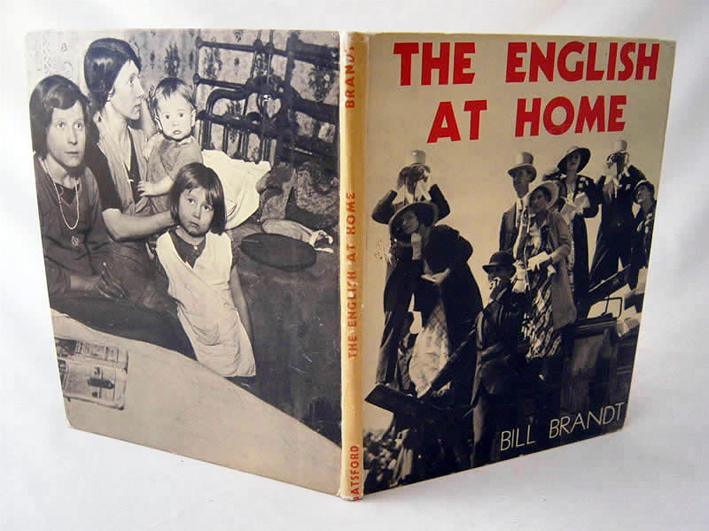
The English at Home was Brandt’s first published collection of photographs and provides a unique insight into the extremes of British society in the years immediately before the Second World War. In the mid-1930s such photo-journalism was very rare and the unsettling social questions raised by Brandt’s photographs rarely discussed. Brandt (1904 – 1983) became a regular contributor to Picture Post and Harper’s Bazaar and was famously commissioned by the Ministry of Information to photograph life in the London Underground bomb shelters during the Blitz.
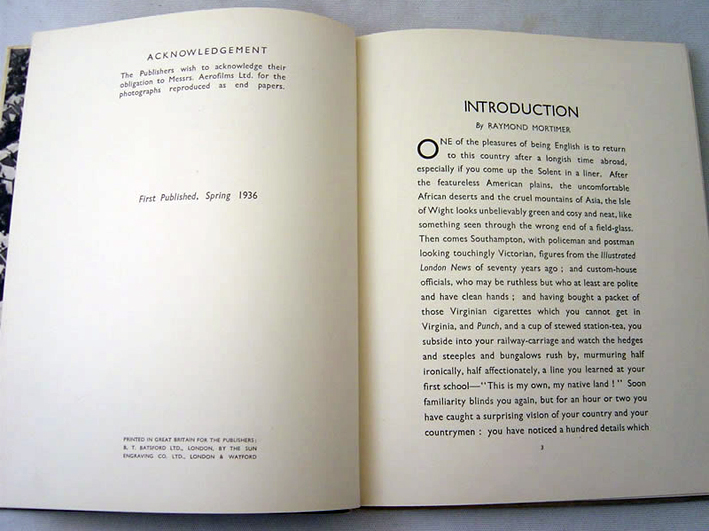
Brandt’s The English at Home opens with a delightfully ‘English’ introduction by writer Raymond Mortimer–
“One of the pleasures of being English is to return to this country after a longish time abroad, especially if you come up the Solent in a liner. After the featureless American plains, the uncomfortable African deserts and the cruel mountains of Asia, the Isle of Wight looks unbelievably green and cost and neat, like something seen through the wrong end of a field-glass. Then comes Southampton, with policeman and postman looking touchingly Victorian, figures from the illustrated London News of seventy years ago; and custom-house officials, who may be ruthless but who at least are polite and have clean hands; and having bought a packet of Virginian cigarettes which you cannot get in Virginia, and Punch, and a cup of stewed station-tea, you subside into your railway-carriage and watch the hedges and steeples and bungalows rush by, murmuring half ironically, half affectionately, a line you learned at you first school – “This is my own, my native land!â€
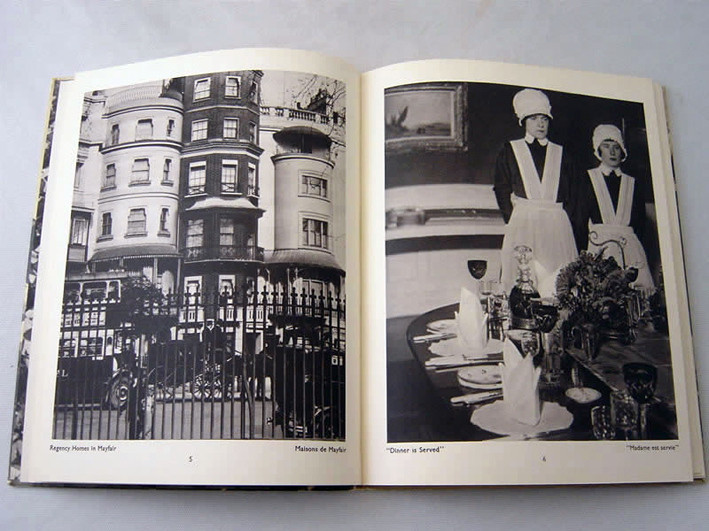
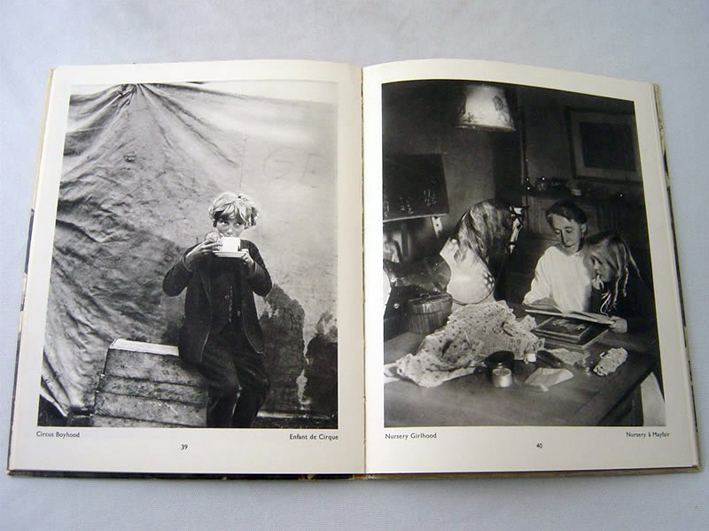
Brandt’s uncompromising style and eye for detail made him one of Britain’s most influential and internationally admired photographers of the 20th century his work influencing Robert Frank among others. He’s also cited as the grandfather of the British documentary photobook, and the proper context in which later work by Martin Parr, Chris Killip, Tony Ray-Jones and Paul Graham should be seen.
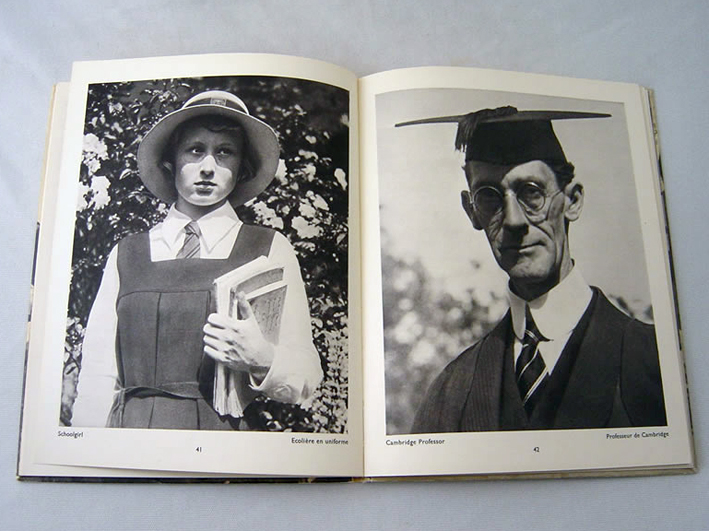
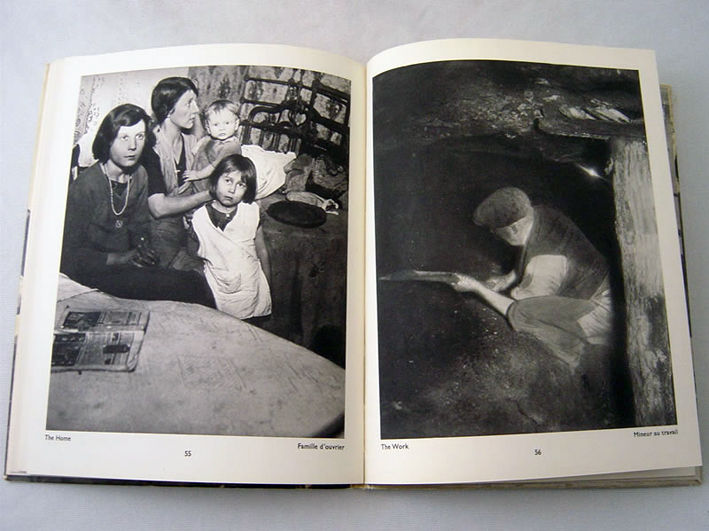
A celebration of “the English” or an expose of the country’s famously rigid class structure? This is the question David Levi-Strauss poses in his description of The English At Home in The Book of 101 Books. As Parr and Badger explain, having been raised on the continent, Brandt was something of an outsider in England. Despite his privileged background, though, he “managed to focus on the lower classes without the sense of condescension that frequently accompanied the Englishman investigating the lower order like an anthropologist examining a foreign tribe…. He photographed all classes with an unusual degree of sympathy, using the pages of his books to bring out stark contrasts…[that] were always pertinent and ha never quite been highlighted in this way before, or since. The images in The English At Home must have shocked readers who expected a cosy, conventional look at the old country.”
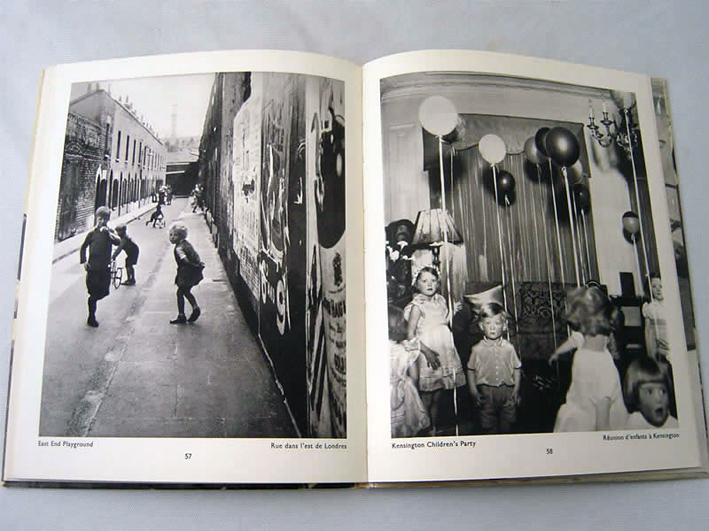
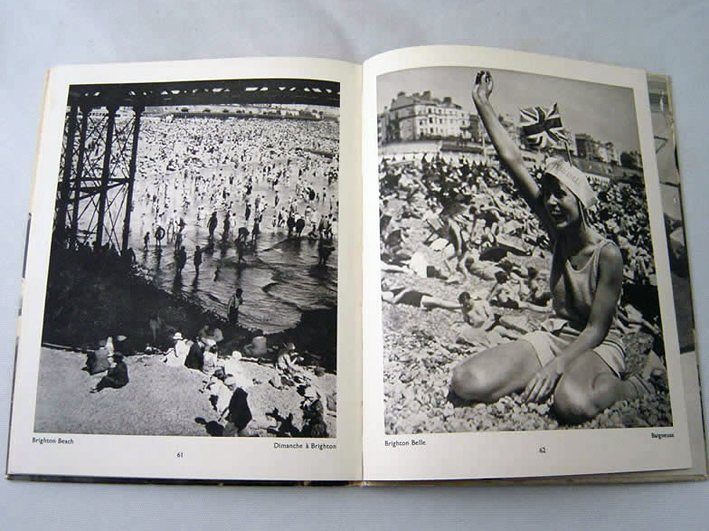
You can read a series of reviews and articles on the work of Bill Brandt here.